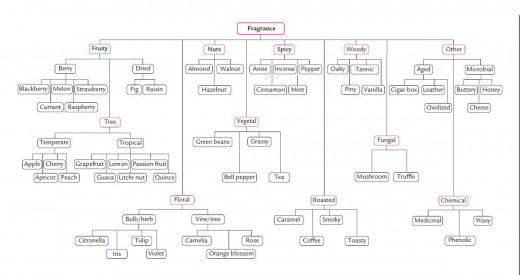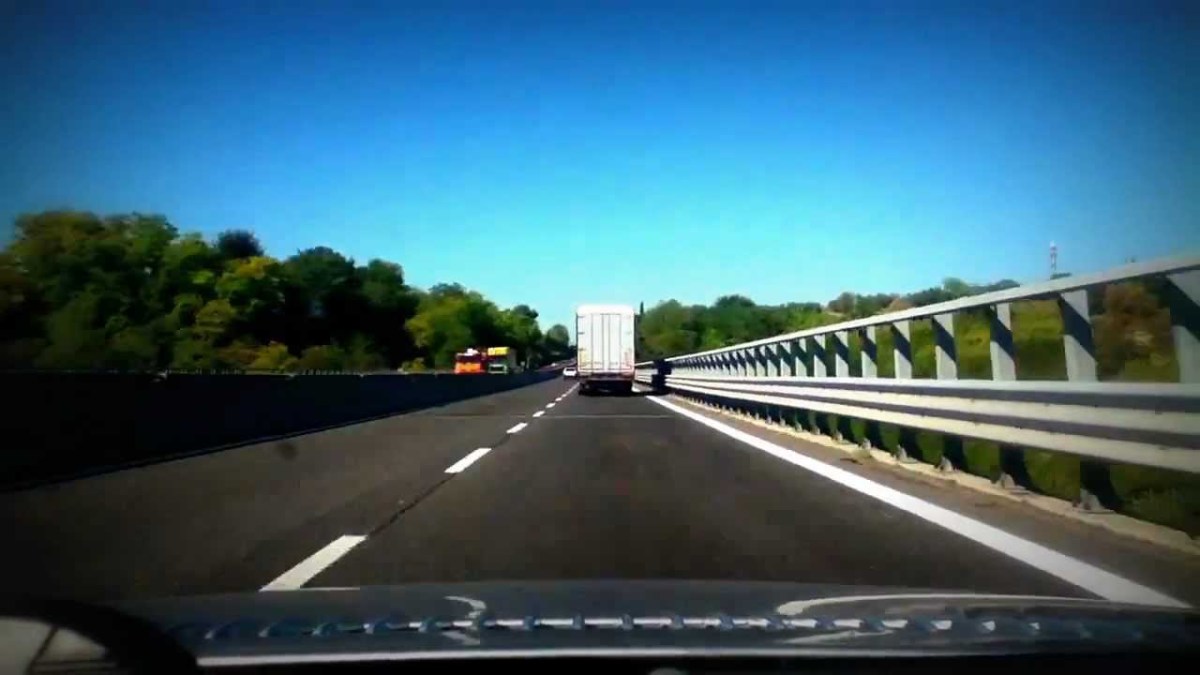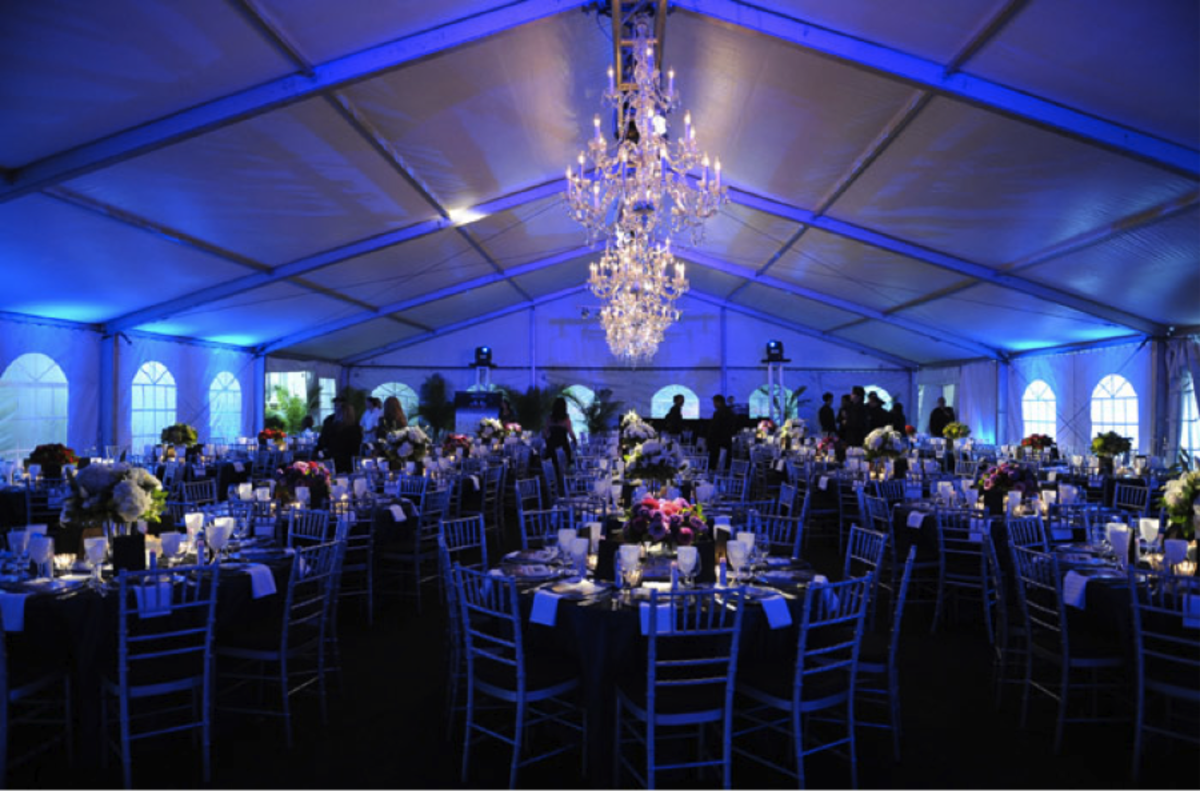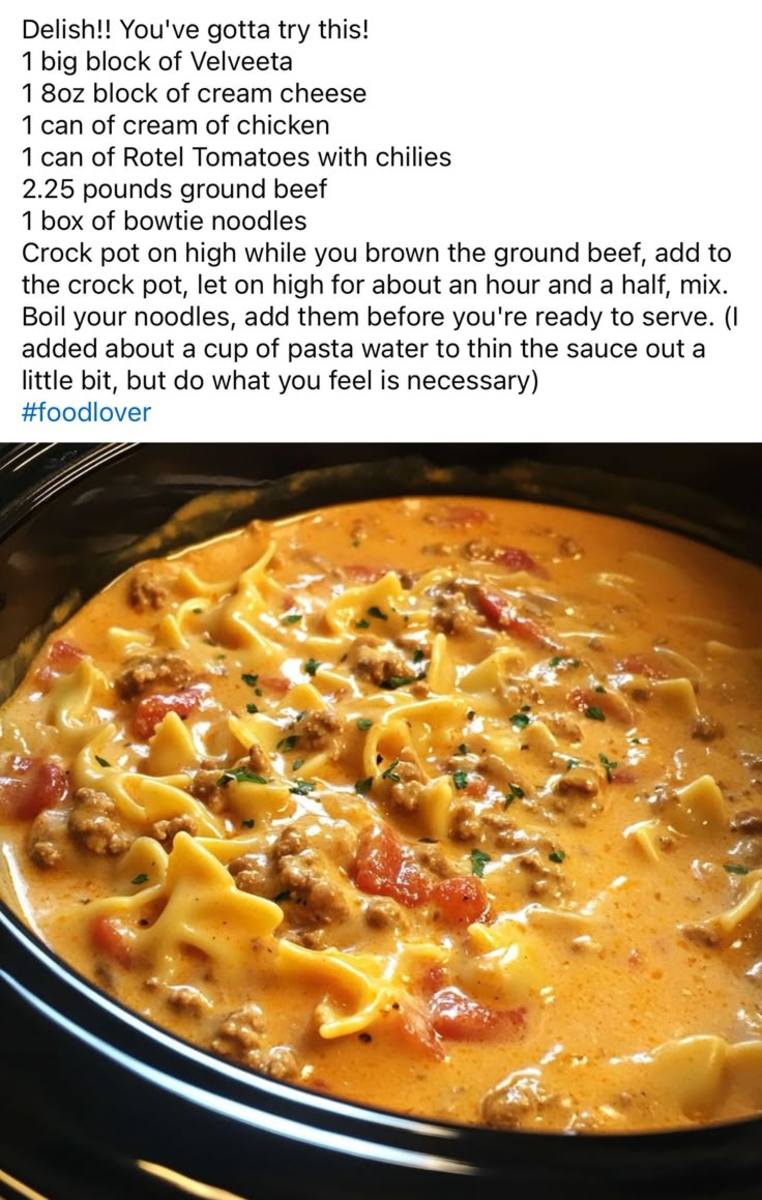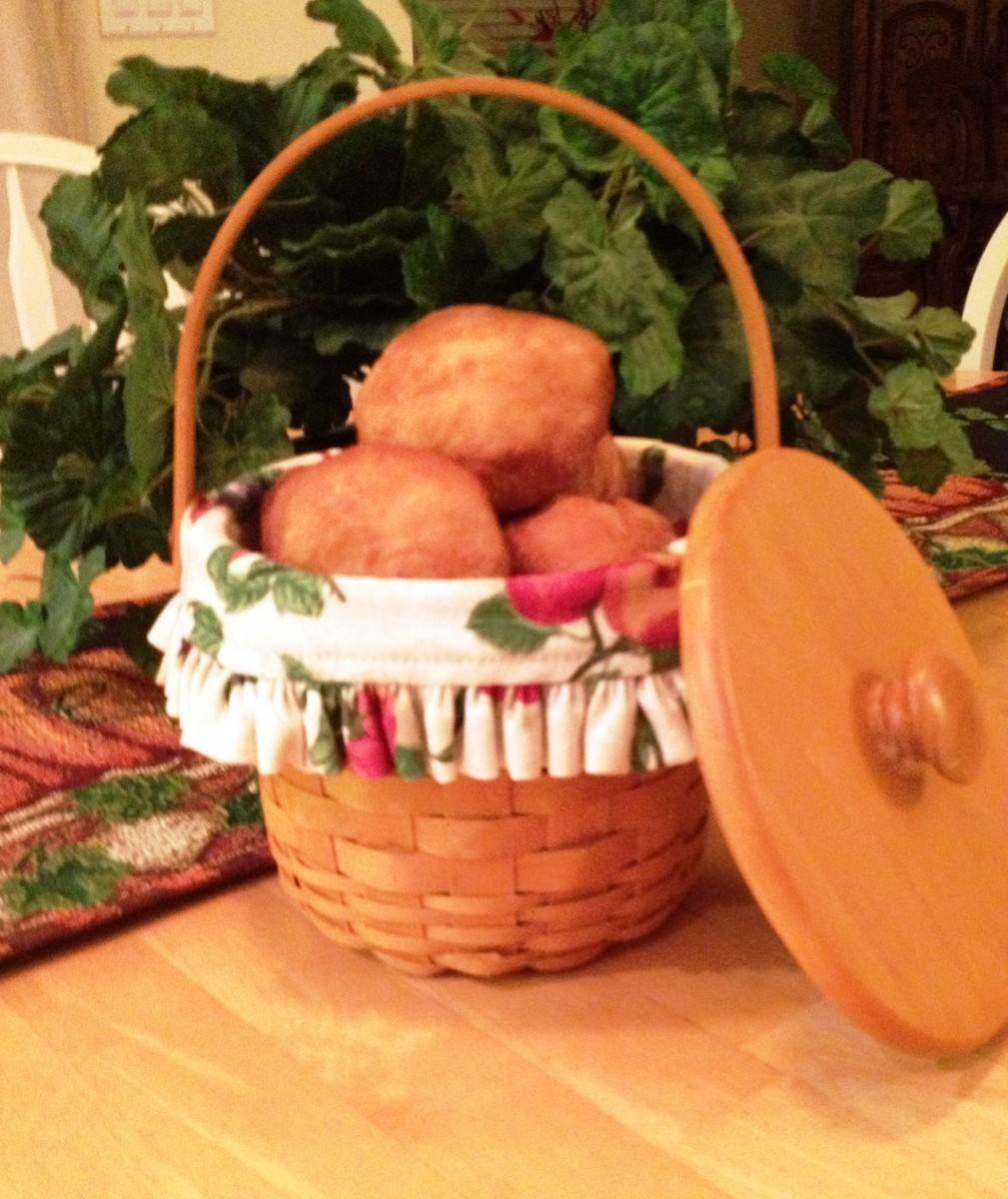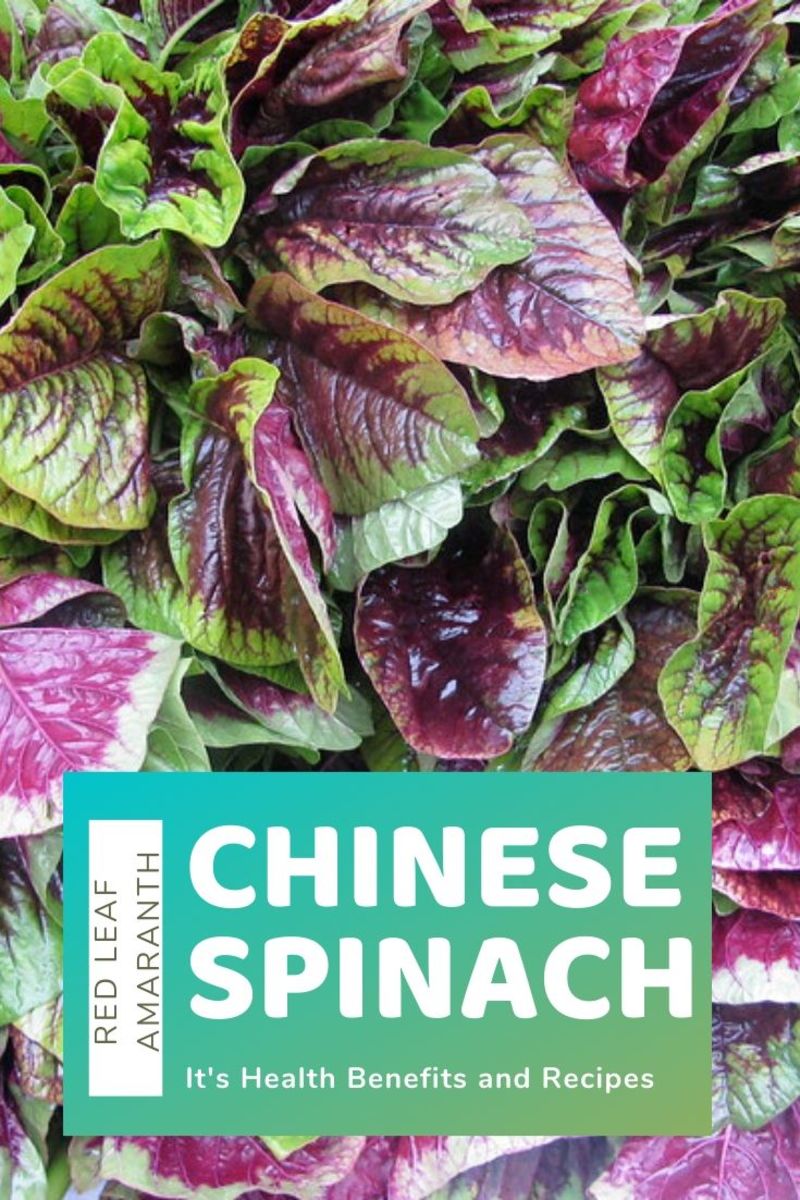Exploring Sommelier Lingo!
Check out further wine articles by this author:

© Nicole Paschal, All Rights Reserved
Whether you decide to host your own wine tasting parties, impress your family at dinner, or have some broader wine-tasting ambition, you should be aware of the vocabulary commonly used by wine connoisseurs. My own interest was sparked in wines and wine tasting while living in Germany. When visiting friends, a bottle of wine was often in close proximity and at times entered the discussion. Later, I became interested in the subject matter myself. Although the world of professional wine tasting is vast, diverse, and requires years of practice, knowledge and experience, the average person can easily understand some of the basic terminology of the wine-tasting world. As part of my series on wine tasting basics, below is an abridged list of the most important terms you will need to know before you embark on your own wine-tasting explorations. Becoming a sommelier is difficult, but enjoying wine and learning something new is easy. Within the definitions, I also included descriptive vocabulary in italics and quotation marks. Implement these words into your everyday wine conversation for that extra wow factor when dining with friends!
1. Appearance- This one is easy! It’s a visual assessment of the wine. It has four categories.
Clarity- Simply, how clear is the wine? Variation can be from “dull” to very “cloudy.”
Color- Addresses the perception of yellow, red, or brown tints within the fluid.
Sparkle- Sparkle is caused by chains of carbon dioxide bubbles arising within the wine. One may see a fizzing or foaming effect called “effervescence.” A slight effervescence is often referred to as “pearl.” A firm or extensive effervescence is a “sparkle.”
Spritz- Often causes a slight prickling on the tongue and you may see a few bubbles on the side or bottom of the glass.
2. Balance- Sommeliers consider this perhaps one of the most important variables in wine-tasting. It is the “harmony” between various tastes in your mouth, such as sweet and sour. However, it also includes how the “aromatic sensation” balances the taste.
3. Finish- The Perception or imprint of the wine left in your mouth after it has been swallowed, or in the case of many professional connoisseurs, spat out into a spittoon. Sommeliers do this to prevent intoxication. However, for the wine taster at home, spitting out your wine at the next dinner party is not a requirement. Generally, there are three categories of introspection under finish.
After-smell- Considered very important amongst professional wine-tasters, it is the “olfactory perception” of the wine’s flavor after it has been swallowed.
After-taste- This applies to the taste and feels left in your mouth at the wine’s finish.
Alcoholic- Alcohol can be an extremely negative term in the wine- tasting world if in excess. Too much of an “alcoholic” taste will sully a wine.
4. Astringency- Astringency is determined by the polyphenolic and acidic qualities of wine and can be very complicated subject matter. However, as an amateur wine-taster, you don’t need to know the chemistry to know how it works. The term falls under the category of “mouth-feel” sensations and can generally be positive or negative. Basically, it is the physical sensation that the wine produces in your mouth. Some of the sensations can be a, “dust-in-the-mouth,” “dry,” or “puckery” astringency. “Smooth” or less imposing astringency is towards the positive end of the spectrum and a “rough” or more excessive astringency, moves the wine towards a more negative reception if in excess.
5. Body- Has to do with the weight of the wine in your mouth. The admixture of alcohol, sugars, and other variables determine the weight. “Full-bodied” is when you perceive the weight to be perfect for the type of wine you are sipping. However, it can be too thin or “watery” in your mouth. Other times it may be alcoholic (which we learned above is negative). If it is too alcoholic, it may produce a slight “burning” sensation in your mouth, which can be a negative term if you believe it burns too much.
6. Taste- I’m sure you know what this means. It is the oral perception of the wine via your taste buds. Although taste can be described in many ways, there are generally 3 subcategories in deciphering taste in wine-tasting circles.
Acidity- In this regard, acidity refers to the sour taste perception you receive. If the connoisseur believes it lacks sufficient acidity, he may call it “flat.” If it has too much acid, he may say it’s “acidic.”However, if he believes that it is perfectly “tart,” he satisfied with the wine’s acidity level.
Bitter/Sweet- Although these are two subcategories, I am detailing them both together since they are opposites. Neither term is inherently positive or negative. The mixture of ethanol, acids and sugars define how “bitter” the taste is. “Sweet” is simply determined by the weight of the sugar and how much it overwhelms the other qualities of the wine. “Cloying” often refers to an intense, unwelcome sweetness while “dry” is the opposite.
7. Odor- This is your olfactory perception as you sniff the wine. In simplest terms, how does the wine smell? An orthonasal odor is inhaled from the nose while the retronasal odor stems from the mouth. “Off-odors” may be an odd or atypical odor in a wine and not looked upon fondly.
8. Aroma- Known as they fragrance emitted by grapes, a sommelier may say that the wine possesses a floral, spicy, herbaceous aroma, or any other number aromatic attributes. Some aromas are stylistic according to the winemaking style, which are the special aromatic traits from its cultivar. Specific "varietals" are made from a single sort of grape that possesses its own aroma. "Blends" are not without their own fragrances as well.
9. Bouquet- Similar to a bottle of perfume, wine fragrances can have a “complexity” of “aromatic compounds” called a bouquet. Complexity is very important and often considered positive when used correctly. Due to processing, aging or alcoholic fermentation, compounds can be deemed buttery, nutty, oaky, leathery, and fruity amongst many other possibilities under a floral, spicy or herbaceous aroma for example.
10. Development- Sommeliers also consider it very important to determine the how the “aromatic character” of the wine changes after the wine is opened and sampled. This is called its “development” The “duration” or length of time that the wine holds its distinctive flair without turning “vinous,” with a generic taste is a testament to the wine’s quality. Simply, the longer it’s good, the better. However, as some wines develop, they change “expressions,” allowing the aroma to intensify or fade away easily. If, how, and when this occurs, it is an indicator of the type of wine and its quality.
Descriptive Terms for Wine Fragrances!
